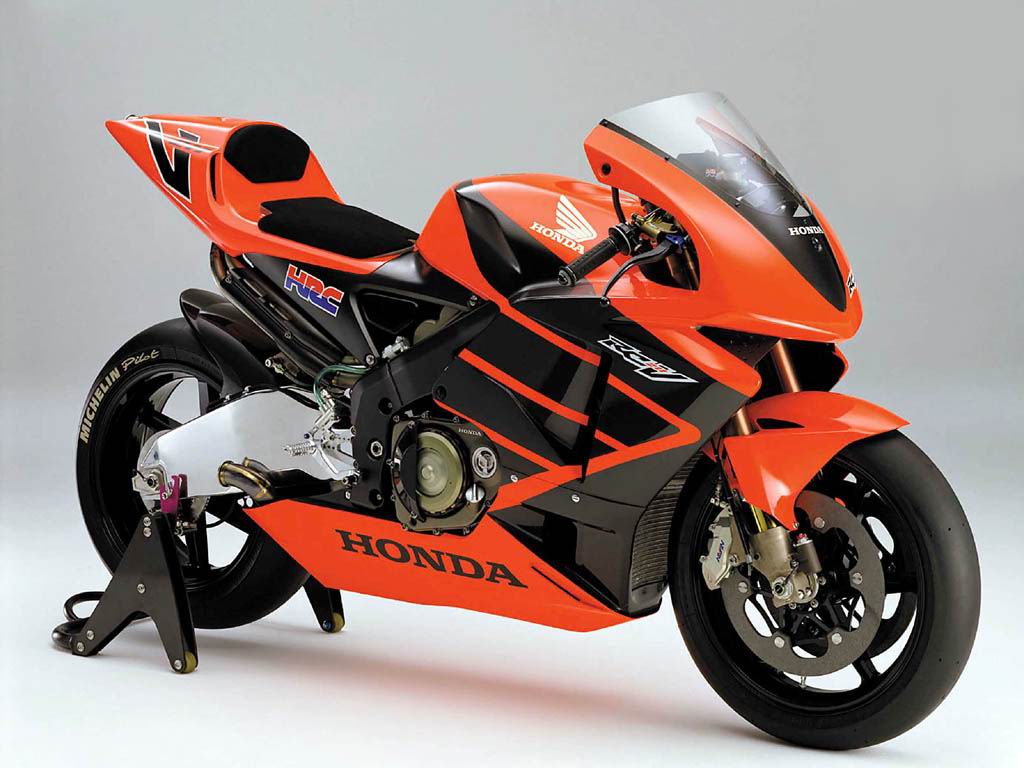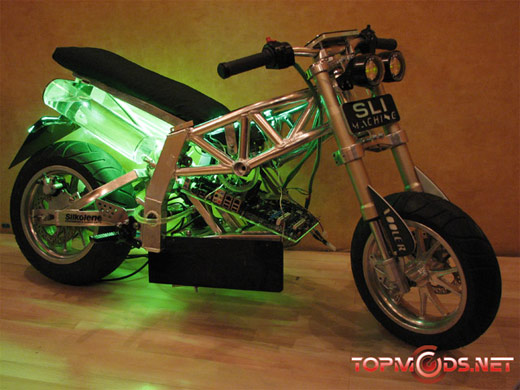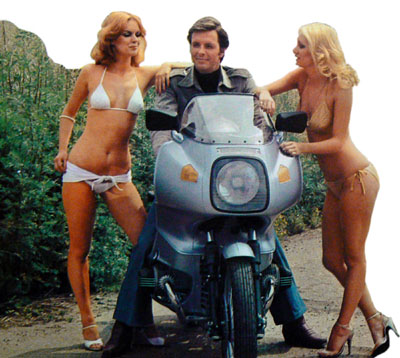
As a boy, Bill Scott delivered four newspapers in his hometown of Kewanee, Illinois. His workload was too heavy to walk his route, so he purchased Harley 'Hummer' 165cc two stroke - a copy of the pre-war DKW RT125 - and grew to enjoy working on the machine, squeezing a bit more performance from the little single.
Scott wanted to join the High School track team, but his coach deemed him too small for sports at 5' 2" and 120lbs, saying, "You'll never be an athlete." This infuriated Bill; shortly afterwards he gave a flat-tracking demonstration on the school's athletic field, netting him many hours of detention, but kindling his passion to prove himself on the race track.
He got a part-time job while still in school as a motorcycle mechanic, and began to race his Hummer around Kewanee. After graduating in 1957, a few friends helped round out a racing team; his brother Gene (21), cousin Bob Fisk (18), and friend John Good (17). All of them had mechanical skills, and honed their tuning abilities, as Bill Scott began to show promise as a racer. By 1958, the team was racing a new Harley 750cc 'KR' model, the production racer with an aluminum cylinder and head, with very highly developed ports, angled valves for better breathing, a 'squish' cylinder head, and decent-handling chassis with suspension front and rear.

The 'KR' was towed on a trailer behind the team's battered 1950 Olds; Scott laughs, "Everything we had was in that Oldsmobile." Young and broke as they were, they had success in that first year, with wins in New Hampshire and Maryland. A road race in Fort Worth, Texas, nearly saw Scott's undoing, as he collided with a fallen machine and slid over 400 feet on tarmac. While he had many broken bones and bruises, his worst injury was a badly torn shoulder, and the doctors warned him he wouldn't race again. Scott wasn't deterred; "I was determined I wouldn't be a cripple."
It took six months of work to heal that shoulder enough to grab a handlebar again, but Scott gritted his teeth and ignored the doctors. With his team, he decided to go for broke at a National level race - Daytona.
Like its bigger brother, the Daytona 100-mile was run on the 28-mile long Ormond/Daytona beach, home to American speed events since 1904, including Glenn Curtis' 136mph streak with a v-8 engined Monster in 1907. While many unofficial match races had been run at this Florida beach, the Daytona 200 was established in 1937, and was run on a 4.2-mile track on Highway A1A and the beach, with a short u-turn at either end. It was treacherous racing, as the sand was at times unpredictable as it dried and became churned up over the course of the race, plus sand wash over the asphalt of Hwy A1A was as slippery as ice. On the beach proper, only a narrow section of sand was hard enough to give a drag-free surface. "You might have a 15-foot ribbon where it's just right."

Scott, at 20 years old and only two years out of high school, faced serious competition; not only were most of the significant Harley, Triumph, Norton, and BSA dealers represented, but their riders and mechanics were experienced professionals. Lesser known marques showed up as well, including BMW and Moto Guzzi, and a newcomer from Japan, Yamaha, who had hand-held radar, "cutting-edge technology...We ran against teams from all over the world. We were intimidated."
Fifty-nine racers lined up in rows before thousands of fans sitting atop the grassy dunes separating the highway from the beach. Amazingly, Scott averaged 93.27mph over 100 miles of sand and sandy asphalt, and won the race, claiming the $600 prize. "That was good money, back when $80 a week was a week's pay....it's incredible I could win this, because we were just kids. We didn't beat 'em - we stomped 'em."

"It was exciting, but I never comprehended the scope of it, until the image of Daytona became what it is today. Dale Earnhardt Sr. said, 'If you've ever won at Daytona, it doesn't matter what else is on your resume. It doesn't matter if it's a go-kart or stock car or whatever. It's Daytona that counts."
This article was adapted from a story by Phil Luciano of PJStar.com. Racing photos are from Bill Scott's collection, color photo from PJStar.com.









No comments:
Post a Comment